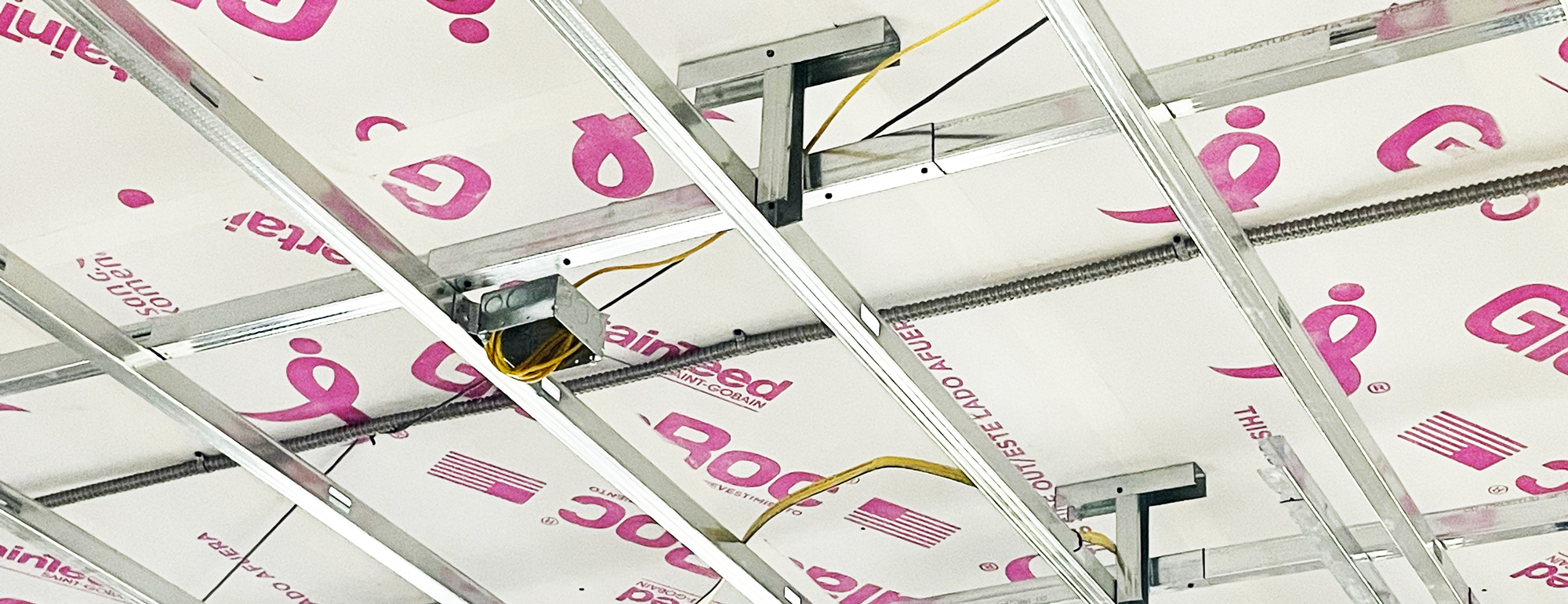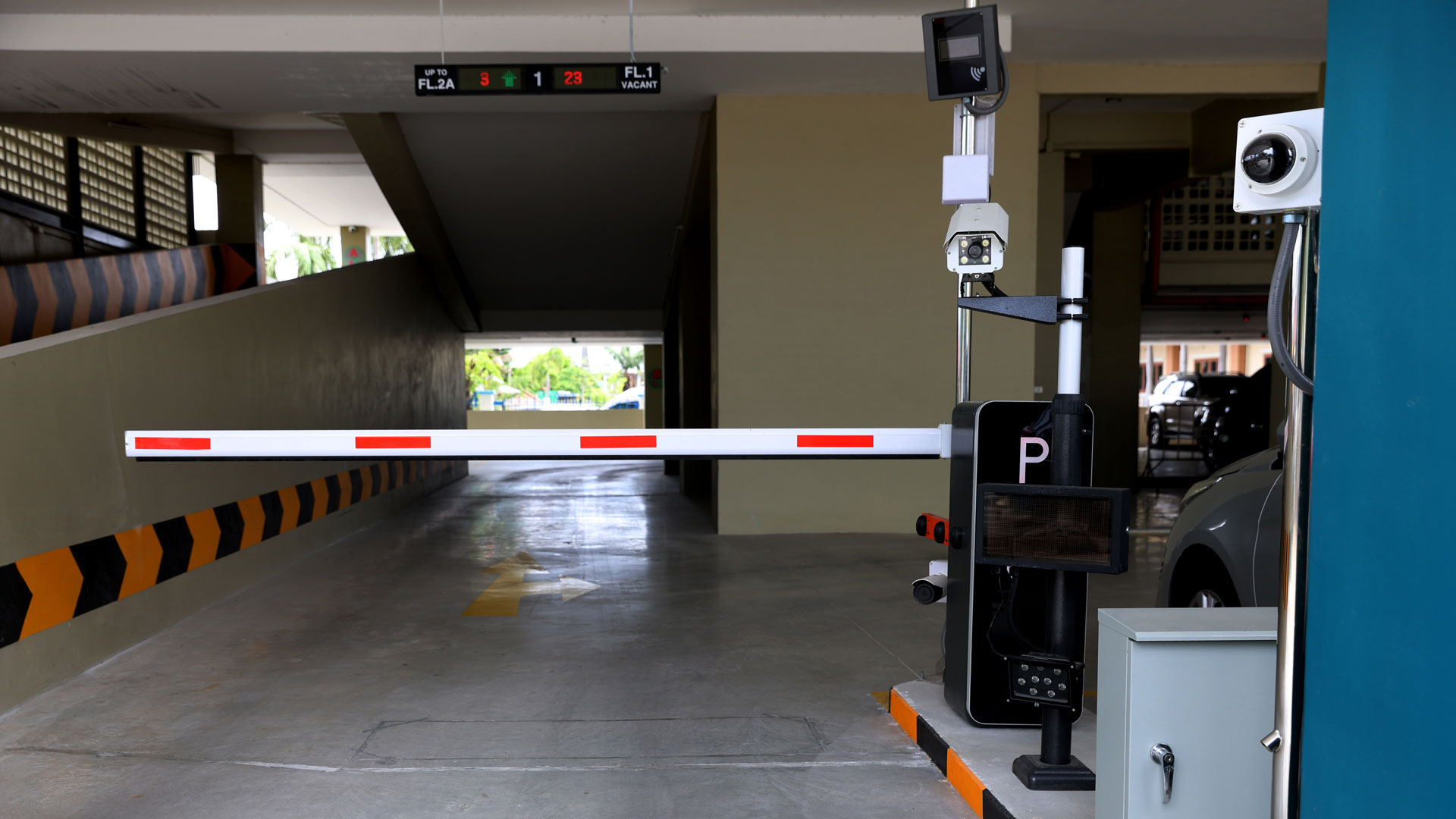
4 Most Common (& Sometimes Costly) Low Voltage Change Orders & How to Avoid Them
Change orders are an inevitable part of construction, but when it comes to low voltage systems, they can be particularly frustrating—and expensive. Misalignment in planning, scope gaps, and overlooked coordination points can lead to costly delays and inefficiencies. Here are four of the most common low voltage (LV) change orders and proactive strategies to keep your project on track and within budget.
Door Hardware & Access Control Wiring
The Problem: Misalignment between the architectural door hardware schedule and access control locations can lead to costly last-minute adjustments. Without proper coordination, you might find yourself needing to rewire doors or install additional components after the fact.
The Solution: The key is ensuring that architectural drawings, the door hardware schedule, and access control drawings are all aligned. Bringing in the low voltage designer early in the process allows for proper coordination and reduces the risk of discrepancies.
Reviewing LV Construction Buy Out
The Problem: Scope gaps and unexpected substitutions—such as switching from Cat6A to Cat6 due to cost-saving efforts—can create performance and compatibility issues. Additionally, discrepancies between construction documents and vendor bids can result in critical oversights.
The Solution: Conduct a thorough comparison of LV bids against the construction documents before finalizing the buyout. This ensures consistency in specifications and prevents unexpected material swaps that might impact system performance.
Security Camera Location Issues
The Problem: Cameras are often placed in locations that either don’t provide the intended coverage or are obstructed by structural elements (e.g., pillars, signage, or lighting fixtures). These placement mistakes can compromise security and require new locations and rewiring.
The Solution: Coordinate LV drawings with reflected ceiling plans, MEP drawings, and project specifications to validate camera locations before installation. This proactive approach minimizes surprises and costly repositioning efforts.
Owner vs Service Provide Infrastructure Responsibility
The Problem: A lack of clarity around who is responsible for purchasing and installing critical infrastructure components—such as network racks, cabling pathways, or conduit—can lead to last-minute scrambling and unexpected costs.
The Solution: Ensure that the LV scope of work is clearly aligned with the Internet Service Provider (ISP) strategy from the start. Early discussions with both the owner and the ISP can clarify responsibilities and prevent gaps in infrastructure planning.
Avoiding Change Orders Through Proactive Planning
Many low voltage change orders stem from a lack of coordination early in the project lifecycle. By integrating LV consultants into the process from the outset and conducting detailed reviews of construction documents, you can mitigate these risks. The goal is to ensure seamless technology integration, avoiding costly surprises and delivering a well-executed low voltage system on time and within budget.
At WhiteSpace, we specialize in helping owners and developers navigate the complexities of low voltage infrastructure. Want to avoid these common pitfalls? Reach out to us to ensure your LV design is bulletproof from day one.
Recent blogs
4 Trends Reshaping Electronic Security (and Why They Matter to Owners)
The electronic security landscape is evolving fast, and if you haven’t looked closely in a while, you might be surprised by what’s changed. From cloud-based systems to smarter cameras, the next generation of access control and surveillance technology isn’t just more powerful – it’s more connected, efficient, and operationally intelligent. […]
Late-Stage Assistance: Turning Challenges into Wins
When most people think about engaging an owner’s representative for low voltage, they picture a long, steady partnership, years of planning, design, and coordination from day one. And that’s true for many of our projects. But sometimes, WhiteSpace gets called in late in the game. That’s exactly what happened on […]


